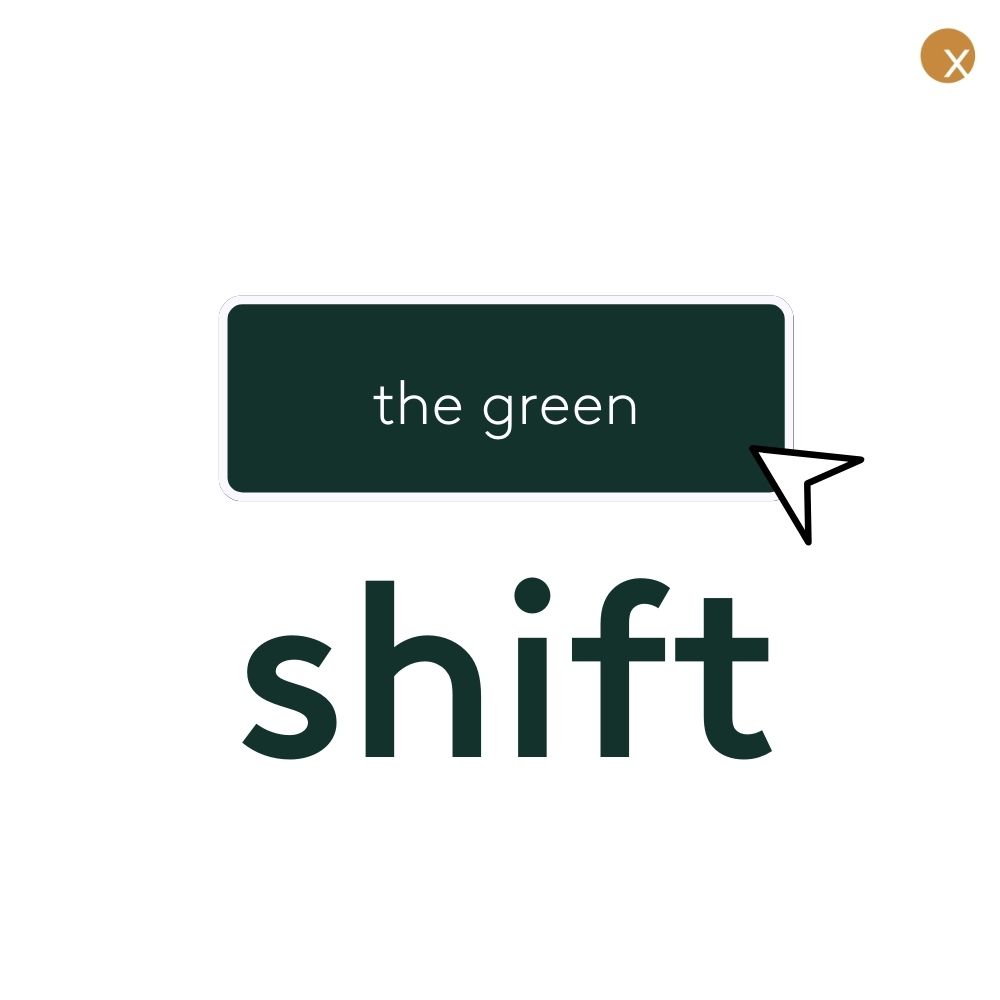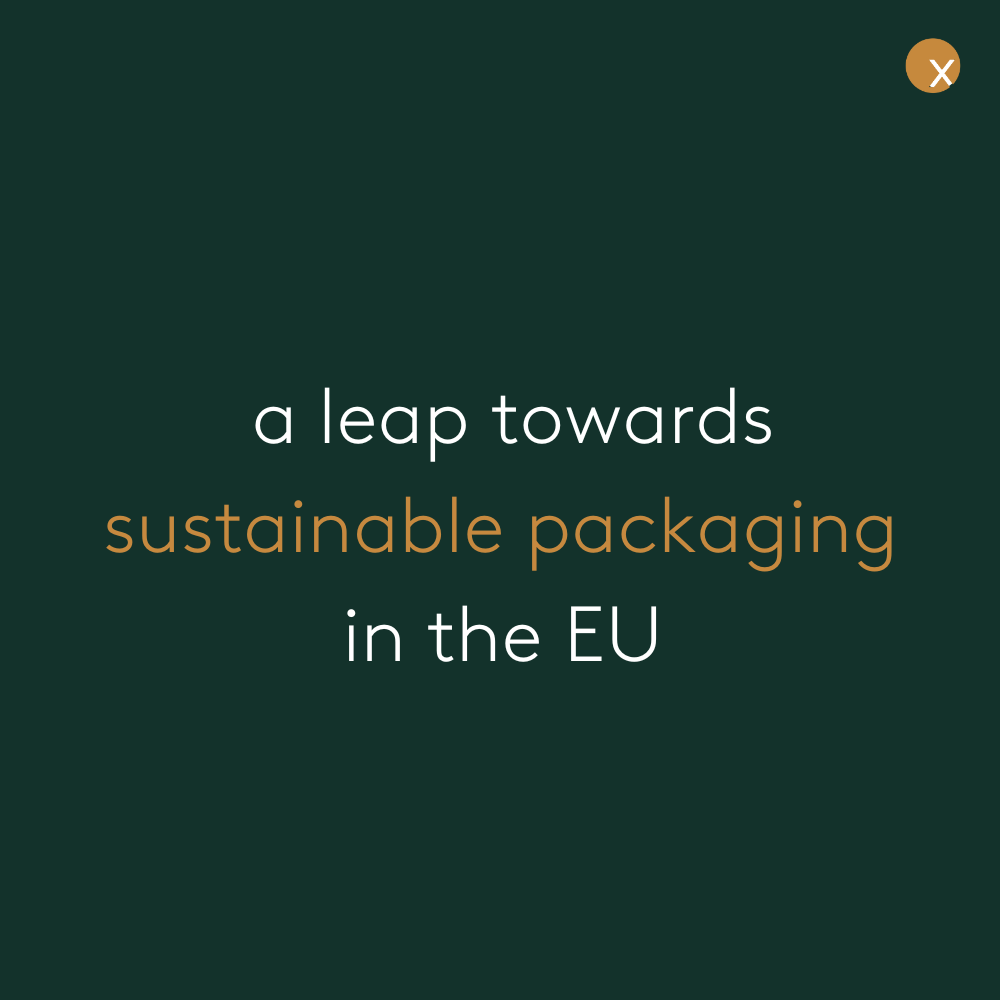The time for a circular ecommerce is now
The global e-commerce market reached a total value of $3.61 trillion in 2022. This number represents an incredible amount of people happily forgoing regular trips to everything from hardware stores to supermarkets. And as shopping from the comfort of your own home becomes an everyday reality for much of the global population, e-commerce is set to be an ever more integral part of the economy. But in the shadow of convenience rests an environmental disaster; unprecedented CO2 emissions and a massive amount of single-use packaging waste. The numbers alone paint a gloomy picture: each European is responsible for 180 kg of packaging waste annually. And if left unchecked, this number will increase by another 19% by 2030.
It’s a complex situation containing many variables. However, our dependence on single-use packages is especially prevalent. In fact, it’s a fundamental part of our global transport system, which makes it at first glance seem next to impossible to reverse engineer – and that’s exactly why we need to do it now. Because it will become exponentially harder to change direction and avoid the consequences of mass pollution and waste, if we let a flawed e-commerce system become a vital organ in all of the world’s economies.
We need to think beyond recycling
The throwaway culture is so ingrained in us that most people don’t think twice before discarding a package. And those who mind are usually ready to accept it as long as the package is made from recycled materials. Unfortunately, this mindset falls short. Because of such a massive waste problem related to single-use packages, there is no possibility of ever recycling everything we produce. And even if we could, the recycling process is far from perfect as it demands a lot of energy and new raw materials that our planet simply can’t afford.
Recycling is a crucial part of the solution, but it won’t be the primary tool to tackle our growing waste problem. The real impact will come from a fundamental change upstream – we need to leave our take-make-waste mindset behind (which is currently costing businesses on average USD 80-120 billion) and redesign the whole system so that packages sent out ultimately come back, ready to be put back into the economy. It ultimately comes down to maximizing the lifetime of each package and minimizing our energy output and carbon footprint while doing it.
Saving the planet with business in mind
The practicalities of reusable packages are, at least from an engineering perspective, rather straightforward. But changing people’s value system in relation to waste and resource management, in the hope that they will advocate for more sustainable processes, is not. To be perfectly blunt, alarming news about changing weather patterns and rising sea levels is not enough for either businesses or consumers to change fast enough. Change comes much quicker if the bigger picture is coupled with incentives closer to home, such as feasibility and efficiency.
Now this might sound slightly disheartening at first. But deliberately incorporating this truth into the design process is rather liberating. It provides a clear roadmap going forward: whatever the solution will be, it needs to be simple to implement, easily manageable and a positive force for business, social and environmental well-being. And this is what a circular economy is all about – it’s sustainable on all accounts; for the environment as well as for businesses.
E-commerce can spearhead the circular economy
With a third of the human population shopping online, e-commerce is growing unimaginably fast. And if the industry sticks to single-use packages, some of our most polluting and hazardous sectors will grow with it, such as fossil fuels and paper and plastic production.
In 2021, there were 159 billion parcels shipped worldwide. And a large portion of these is managed by a few giant companies. This is exactly why e-commerce is the ideal starting point. It gives us a narrow focus and a wide window for potential impact across sectors. By helping them replace single-use packages with reusable and circular solutions, our impact will spread well beyond e-commerce.
On top of the immediate impact a large-scale reusable packaging solution would have, it could also turn e-commerce into the biggest proof of concept for a circular economy in history. By proving that circularity doesn’t only make ideological sense but that it’s also good business, we can start to change the mindset of key players in relevant industries as well as the public. At the end of the day, perhaps people need to see exactly how well a circular economy can work in order to believe it.
sources
1. oceansix internal marketing analysis
2. press release from the European Commission
3. article from Ellen McArthur Foundation
4. research article by Statista




